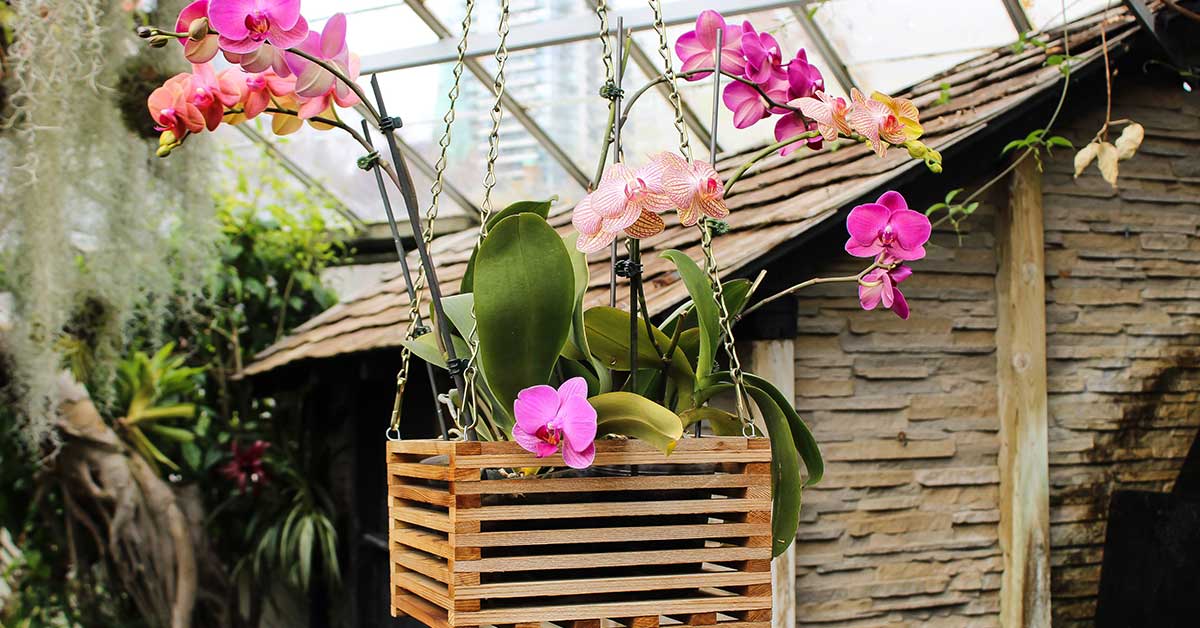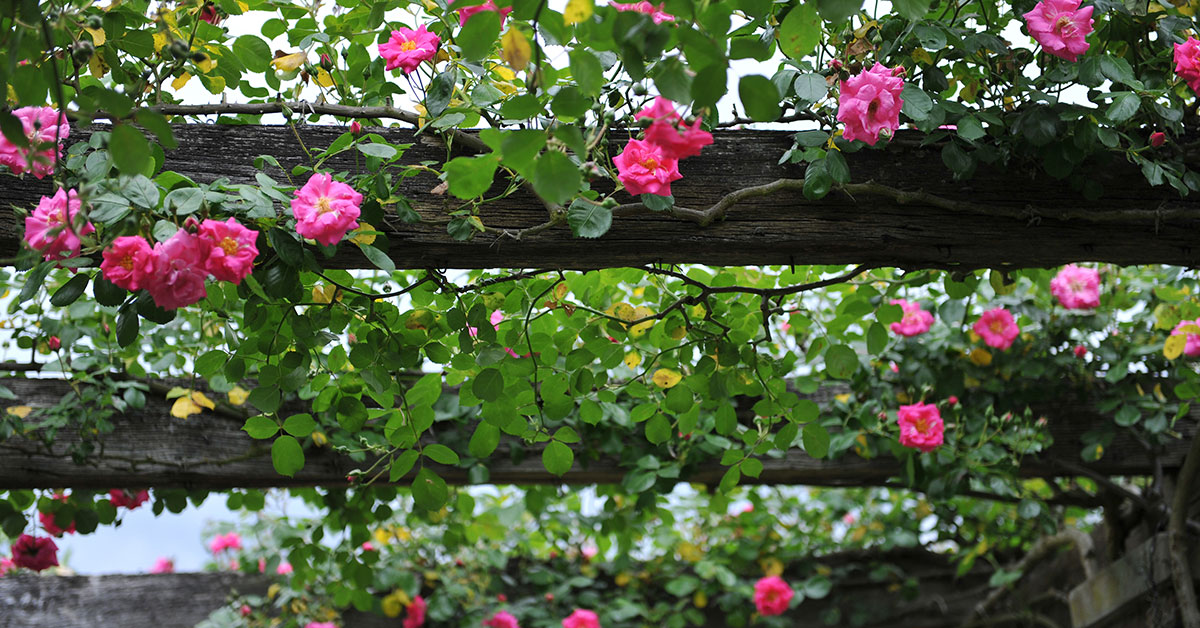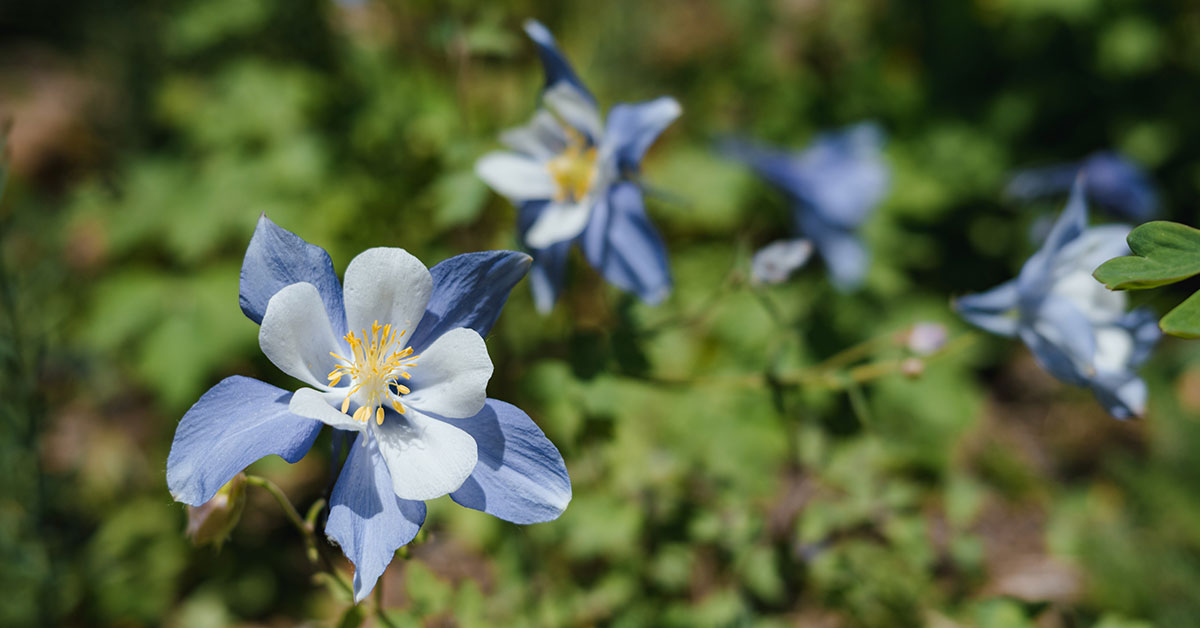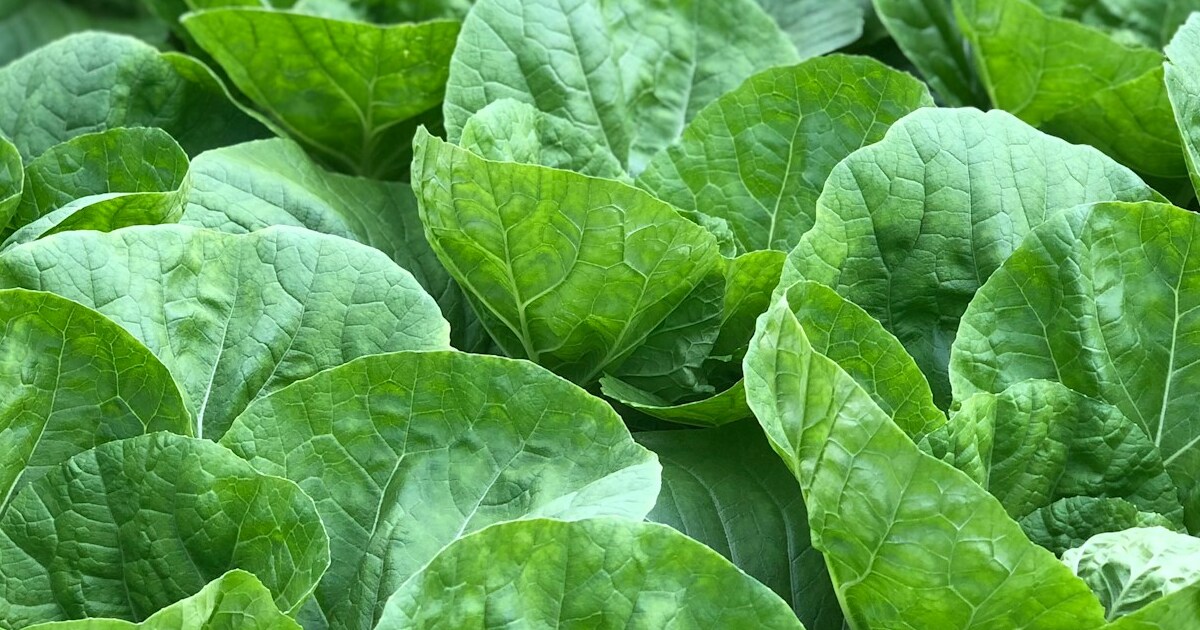Welcome to the lush and vibrant world of gardening in Lexington, Kentucky! Situated in the heart of the Bluegrass region, Lexington offers a unique and favorable environment for cultivating a wide variety of plants. One of the key factors that determines the success of your garden is understanding the USDA hardiness zone for this area.
Lexington falls within the USDA hardiness zone 6b, which means that the average minimum winter temperature ranges from -5°F to 0°F (-23°C to -18°C). This valuable information serves as a guide for selecting plants that can withstand the local climate and thrive in your garden. Whether you are a seasoned gardener or just starting out, this article will provide you with essential insights and practical tips to create a flourishing garden in Lexington’s zone 6b.
What is Lexington’s USDA hardiness zone?
The USDA hardiness zone is a system used to determine the suitability of plants for specific geographic regions based on their ability to withstand the average minimum temperatures of those areas. In the case of Lexington, Kentucky, it falls under USDA hardiness zone 6b. The hardiness zone map divides the United States into 13 zones, ranging from zone 1 (coldest) to zone 13 (hottest).
Each zone is further divided into two subzones, denoted by the letters “a” and “b,” with “a” representing the colder half of the zone and “b” representing the warmer half. In Lexington, zone 6b indicates an average annual minimum temperature range of -5 to 0 degrees Fahrenheit (-20.6 to -17.8 degrees Celsius).
This means that plants suitable for zone 6b should be able to tolerate these low temperatures without significant damage or death. Gardeners in Lexington should consider the hardiness zone when selecting plants for their gardens. It is crucial to choose plants that are rated for zone 6b or lower to ensure their survival through the winter. Using plants that are not hardy for the region may result in frost damage or even death during cold spells. Some common plants that thrive in Lexington’s zone 6b include:
Perennials: Daylilies, coneflowers, black-eyed Susans, hostas, asters, and sedums are popular choices for Lexington gardens. These plants can withstand the winter temperatures and come back year after year.
Shrubs: Many shrubs are well-suited for zone 6b, such as hydrangeas, azaleas, lilacs, spireas, and viburnums. These shrubs provide beautiful blooms and foliage throughout the growing season.
Trees: Some trees that thrive in Lexington’s zone include maple, oak, dogwood, redbud, and crabapple. These trees offer shade, beauty, and habitat for wildlife.
It is important to note that while the hardiness zone provides a general guideline, other factors such as soil type, moisture levels, and exposure to sunlight also play a significant role in a plant’s success. Therefore, it is advisable to consider these factors as well when selecting plants for your garden in Lexington.
When can you plant your garden in Lexington?
In Lexington, the ideal planting times for different types of plants can be determined by considering its USDA hardiness zone, which is typically Zone 6a. This means that the average minimum winter temperature in Lexington falls between -10 to -5 degrees Fahrenheit (-23.3 to -20.6 degrees Celsius).
For cool-season crops such as lettuce, spinach, peas, and broccoli, the ideal planting time in Lexington is typically in early spring, around March or April, when the soil has thawed and temperatures are consistently above freezing.
Warm-season crops like tomatoes, peppers, cucumbers, and beans require warmer soil and air temperatures. Therefore, it is recommended to wait until after the last frost date, which is usually around mid-April to early May in Lexington, before planting these crops. This ensures that the risk of frost damaging the young plants is minimized.
Perennial flowers and shrubs can be planted in Lexington during the spring or fall. Spring planting allows them to establish their root systems before the heat of summer, while fall planting gives them time to settle in before winter dormancy.
It’s important to note that these planting times are general guidelines, and weather conditions can vary from year to year. It’s always a good idea to monitor local weather forecasts and adjust your planting schedule accordingly. Additionally, specific plant varieties may have different planting recommendations, so it’s helpful to consult seed packets or plant labels for more precise information.
What grows well in Lexington?
In Lexington, Kentucky, the USDA hardiness zone is typically zone 6b. This means that the average minimum winter temperature ranges from -5 to 0 degrees Fahrenheit (-20.6 to -17.8 degrees Celsius). Here is a comprehensive list of plants that generally grow well in this zone:
- Coneflowers (Echinacea)
- Black-eyed Susans (Rudbeckia)
- Daylilies (Hemerocallis)
- Hostas (Hosta)
- Bee balm (Monarda)
- Phlox (Phlox paniculata)
- Sedum (Sedum)
- Salvia (Salvia)
- Coreopsis (Coreopsis)
- Russian sage (Perovskia atriplicifolia)
- Astilbe (Astilbe)
- Peonies (Paeonia)
- Lamb’s ear (Stachys byzantina)
- Baptisia (Baptisia)
- Butterfly weed (Asclepias tuberosa)
- Marigolds (Tagetes)
- Zinnias (Zinnia)
- Petunias (Petunia)
- Geraniums (Pelargonium)
- Impatiens (Impatiens walleriana)
- Snapdragons (Antirrhinum)
- Cosmos (Cosmos bipinnatus)
- Sunflowers (Helianthus)
- Coleus (Solenostemon scutellarioides)
- Begonias (Begonia)
- Nasturtiums (Tropaeolum)
- Alyssum (Lobularia maritima)
- Pansies (Viola)
- Lilacs (Syringa)
- Hydrangeas (Hydrangea)
- Spirea (Spiraea)
- Forsythia (Forsythia)
- Viburnums (Viburnum)
- Weigela (Weigela)
- Ninebark (Physocarpus)
- Burning bush (Euonymus alatus)
- Potentilla (Potentilla)
- Mock orange (Philadelphus)
- Red maple (Acer rubrum)
- Sugar maple (Acer saccharum)
- Dogwood (Cornus)
- Redbud (Cercis)
- Oak (Quercus)
- Crabapple (Malus)
- Eastern redbud (Cercis canadensis)
- Japanese maple (Acer palmatum)
- Bald cypress (Taxodium distichum)
- American beech (Fagus grandifolia)
- Clematis (Clematis)
- Honeysuckle (Lonicera)
- Virginia creeper (Parthenocissus quinquefolia)
- Trumpet vine (Campsis radicans)
- Climbing hydrangea (Hydrangea anomala subsp. petiolaris)
Remember to consider factors like soil type, sun exposure, and moisture levels when selecting plants for your specific garden. It’s always a good idea to consult with local nurseries or gardening experts for personalized recommendations based on your specific location and garden conditions.
What won’t grow in Lexington?
In Lexington, Kentucky, the USDA hardiness zone is typically Zone 6b. This means that the average minimum winter temperature ranges from -5 to 0 degrees Fahrenheit (-20.6 to -17.8 degrees Celsius). While many plants can thrive in this zone, there are some that may struggle or not perform well. Here are a few examples of plants that may not thrive in Lexington:
- Tropical Plants: Plants that require consistently warm temperatures, such as tropical palms, hibiscus, and bougainvillea, may struggle to survive the cold winters in Lexington.
- Subtropical Plants: Some subtropical plants, like citrus trees, may not be able to tolerate the colder temperatures and may require protection or indoor care during the winter months.
- Warm-Season Annuals: Plants that are typically grown as annuals in warmer regions, such as impatiens, begonias, and coleus, may struggle to thrive in Lexington’s cooler climate.
- Mediterranean Plants: Some plants native to Mediterranean climates, like lavender, rosemary, and olive trees, may struggle in Lexington due to the colder winters and higher humidity levels.
- Tender Perennials: Certain tender perennials, such as certain varieties of salvias, fuchsias, and geraniums, may not survive the winter in Lexington and may need to be treated as annuals or brought indoors.
It’s important to note that while these plants may not thrive in Lexington’s climate, there are still many other beautiful and hardy plants that can be grown successfully in this zone. It’s always a good idea to choose plants that are well-suited to your specific climate and growing conditions.














